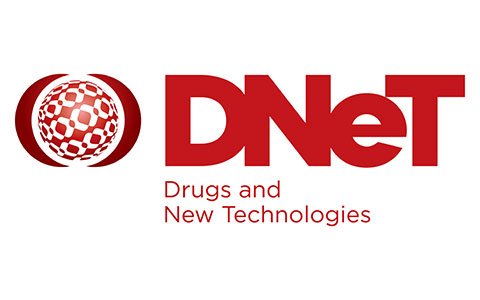Drugs and New Technologies (DNeT) - new resources available
The Drugs and New Technologies (DNeT) Project aims to investigate drug marketplaces online and in other emerging technologies. The primary aim of monitoring is to understand trends in the online availability of psychoactive substances on darknet markets, also known as cryptomarkets.
DNeT has released three new resources:
Key findings:
- From 1 January 2019 to 31 January 2020, 13 cryptomarkets were monitored and seven cryptomarkets closed down
- Dream Market was responsible for 80% of drug listings each week until closure on the 30 April 2019
- Cannabis, MDMA, cocaine, benzodiazepines and meth/amphetamine were the five drugs accounting for the greatest percentage of listings (64%)
- The market share of cannabis declined from 32% in January 2019 to 27% in January 2020
Summary of monitoring of cryptomarkets for drug listings, 1 February 2014 – 31 January 2020
Key findings:
- For the period of monitoring 1 February 2014 to 31 January 2020, 63 cryptomarkets were monitored, and 59 cryptomarkets closed down
- The average number of cannabis listings observed each week increased by 404% from 2,970 in February 2014 to 14,964 in January 2020
- The average number of MDMA listings observed each week increased by 391% from 1,605 in February 2014 to 7,887 listings in January 2020
- Despite the transient nature of many cryptomarkets, there was a 25% increase, on average, in the number of drug listings scraped per week in January from one year to the next (2015-2020)
Data presented in the public online interactive visualisation and reported in bulletins are obtained from the weekly scraping, collation, and analysis of drug listings on cryptomarkets, conducted as part of the Drugs and New Technologies (DNeT) project. In this Methods document, we outline the background to this program of work and the methods underpinning data presented.











